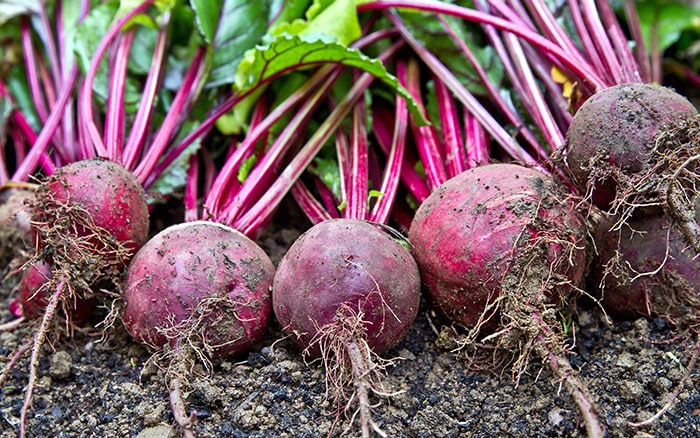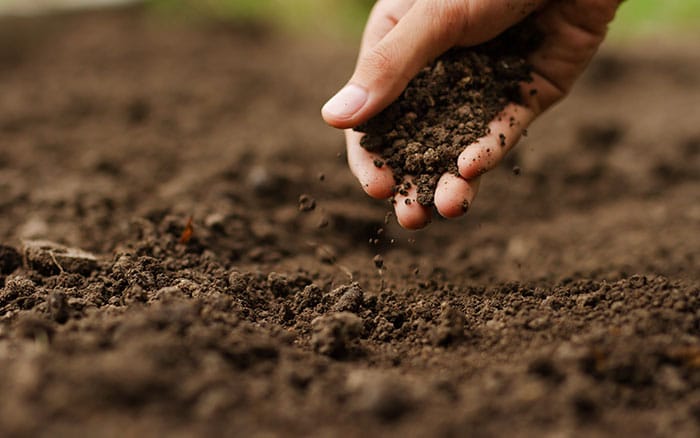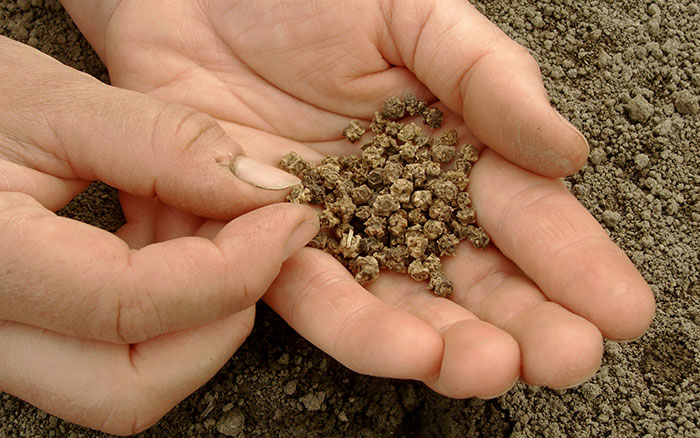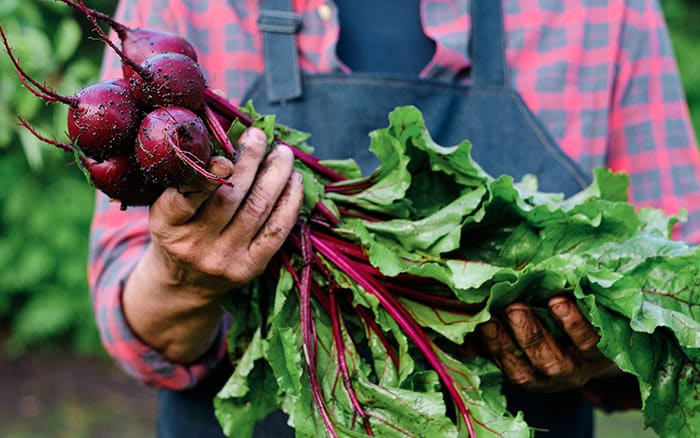How to sow and grow beetroot UK
Beetroot is easily recognisable for its brilliant red roots, and delicious (though a little divisive) sharp taste. Beetroot can be boiled, roasted, and pickled. And makes a particularly impressive addition to a cheese sandwich!

Beetroot are a great veg for school and community gardens. They take up very little room and can even be grown in containers. Resilient plants, they are rarely troubled by pests and disease. The globe types taking 8-10 weeks to grow ready for harvest, and cylindrical varieties taking as long as 20 weeks! But trust us, the pay off is worth it. You can get kids excited with the promise of tasting something new and a bit different. And if you’re after a continuous supply, sow little and often every 2-3 weeks throughout summer.
Is beetroot good for you?
Beetroot is really good for you. So, even if you don’t like the taste, it’s worth wolfing beetroot down for the benefits:
- Beetroot is naturally rich in nitrates. And these compounds help to improve blood flow, reducing arterial stiffness and promoting dilation which potentially lowers blood pressure! So, it’s great for heart health.
- One of the richest sources of glutamine. This amino acid is essential to the health and maintenance of our guts. Plus, they’re rich in fibre which also supports bowel function.
- Often used by athletes to support exercise endurance and improve performance. It also helps your muscles recover, as the nitrates bring more oxygen to the muscle cells. So, why not get growing beetroot in time for sports day?
How do you grow beetroot?
1. Choose the right spot.

Beetroots like sunny spots, with fertile soil that drains well. Make sure it’s not prone to waterlogging! Weed the area thoroughly and add lots of organic matter. For example, compost or well-rotted manure.
If you’re working with heavy clay soil, warm up the ground for a couple of weeks, using cloches or plastic sheeting. It’s best to wait until the soil temperature reaches at least 7 degrees Celsius.
2. Get sowing.

Beetroot seeds are large and easy to sow. They’re usually sown straight into the ground, from early to mid-summer. Sow the seeds in drills, 2.5cm deep, with 30cm between each row. Then water along the base of the drill and sow the seeds around 10cm apart.
If you’re looking to grow baby veg, sow two or three seeds together. And space the groups around 15cm apart. This will grow smaller clusters, ideal if you’re short on space.
3. Show them some love.

Once you’ve sown your seeds, you’ll need to start looking after them. Luckily, they’re pretty straight-forward. Water regularly until well-rooted and growing strongly. Once they’re established, they won’t need much watering. Excessive watering can lead to too much leafy growth. But if the weather becomes particularly dry, keep their soil moist.
If you’re after larger roots, it’s a good idea to thin out the seedlings when they’re about 2.5cm high. Remove one plant every 10cm and remove weaker plants.
You’ll also want to remove weeds. As this will reduce competition for nutrients and water. This is particularly important for younger plants.
4. Harvest time.

As mentioned earlier, Beetroot can take between 8-20 weeks to get ripe and ready, depending on variety. Bear in mind, however, that it’s better to harvest too early than too late, because younger roots are more tender. Simply grasp the foliage where it meets the top of the root and pull. And after lifting, twist off the foliage about 5cm from the root, leaving short stalks.
Where and how do you store beetroot?
When you’re storing Beetroot, your roots should be no bigger than size of a cricket ball. Plus, make sure you’re only storing undamaged crop. You don’t want to be sharing your Beetroot with slugs and snails, for example! But don’t worry, there are a number of ways to prevent these pests without choosing violence. Discover them here.
In terms of storing your crop, simply dispose of any damaged, and pop the rest into boxes filled with a peat alternative. Then, place the box in a cool shed. This should mean your crops last right through to March.
Beetroot makes a delicious addition to salads, smoothies, and even brownies! Not only that, your body will practically thank you for eating it. Grow Beetroot today and transform your school or community garden and health, at the same time!

